One of the most common questions in PPC management is how to determine the “right” budget and investment for campaigns.
As a business leader investing in paid media, your PPC budget isn’t just about how much you spend. It’s about how strategically you use those resources to grow your business.
For small to medium-sized businesses (SMBs) investing between $2,000 and $50,000 monthly, every dollar has to count.
In this guide, we’ll explore how to allocate your budget effectively across platforms, invest in paid media wisely, and adjust based on performance to achieve your marketing goals.
Determine The “Right” Budget
Each PPC advertising platform has its own sweet spot.
Google Ads can reach the widest audience, while LinkedIn works best for B2B companies, and Microsoft Ads can be more cost-effective for certain industries.
Knowing which platform works best for your business type helps you make smarter budget decisions.
Start small and grow smart by beginning with a lower budget to test what works, then increase spending on the platforms that bring you the best results.
As your business grows, you can invest more in the campaigns that are proven to work for you.
What Affects Your PPC Budget?
Industry Competition
Some industries naturally need bigger budgets.
For example, if you’re in legal, insurance, or real estate, you’ll typically need to spend more because the cost for each click (CPC) is higher due to strong competition.
Location And Reach
Are you targeting local customers or reaching across the country? Local businesses often can work with smaller budgets than those trying to reach national or international audiences.
Business Goals
What are you trying to achieve? If you’re generating leads or running an online store, you might need to spend more to test different platforms and drive sales. This is different from businesses just looking to build awareness.
Performance Goals Considerations
Before diving into specific budget allocations, it’s important to understand how we’ll measure success.
Two key metrics that can help us determine if our PPC spend is effective: return on ad spend (ROAS) and cost per acquisition (CPA). Both are a straightforward way to connect your ad budget with your profits.
ROAS is the ratio of the revenue generated by your ads to the amount you spent on those ads. It tells you how much revenue you’re generating for each dollar spent.
To ensure profitability, calculate your break-even ROAS and set a higher target ROAS to reach your profit goals.
CPA is the amount spent on ads to acquire a customer or lead. It helps you understand how much it costs to acquire each customer.
To ensure profitability, make sure your CPA stays below the revenue you generate from each sale.
How To Use ROAS To Set Your Budget
Using ROAS can help optimize your campaign budget to drive higher revenue, not just lower acquisition costs.
For example, if you spend $1,000 on ads and generate $5,000 in revenue, your ROAS is 5 (or 500%), meaning you’re making $5 for every $1 spent, indicating a highly effective campaign.
As a starting point, many businesses aim for an ROAS of 2 (or 200%), which means generating $2 in revenue for every $1 spent.
This typically covers both the Cost of Goods Sold (COGS) and the ad spend, allowing you to break even. Starting at ROAS of 2 gives you room to test, gather data, and optimize.
Once you’ve gathered enough data, you can raise your ROAS target to 3 (or 300%), meaning you’re generating $3 in revenue for every $1 spent. At this point, your campaign should be profitable.
Most of the ad platforms allow you to set ROAS goals to help optimize your campaign. Choose the “Target ROAS” bidding strategy, which automatically adjusts bids to reach your goal ROAS.
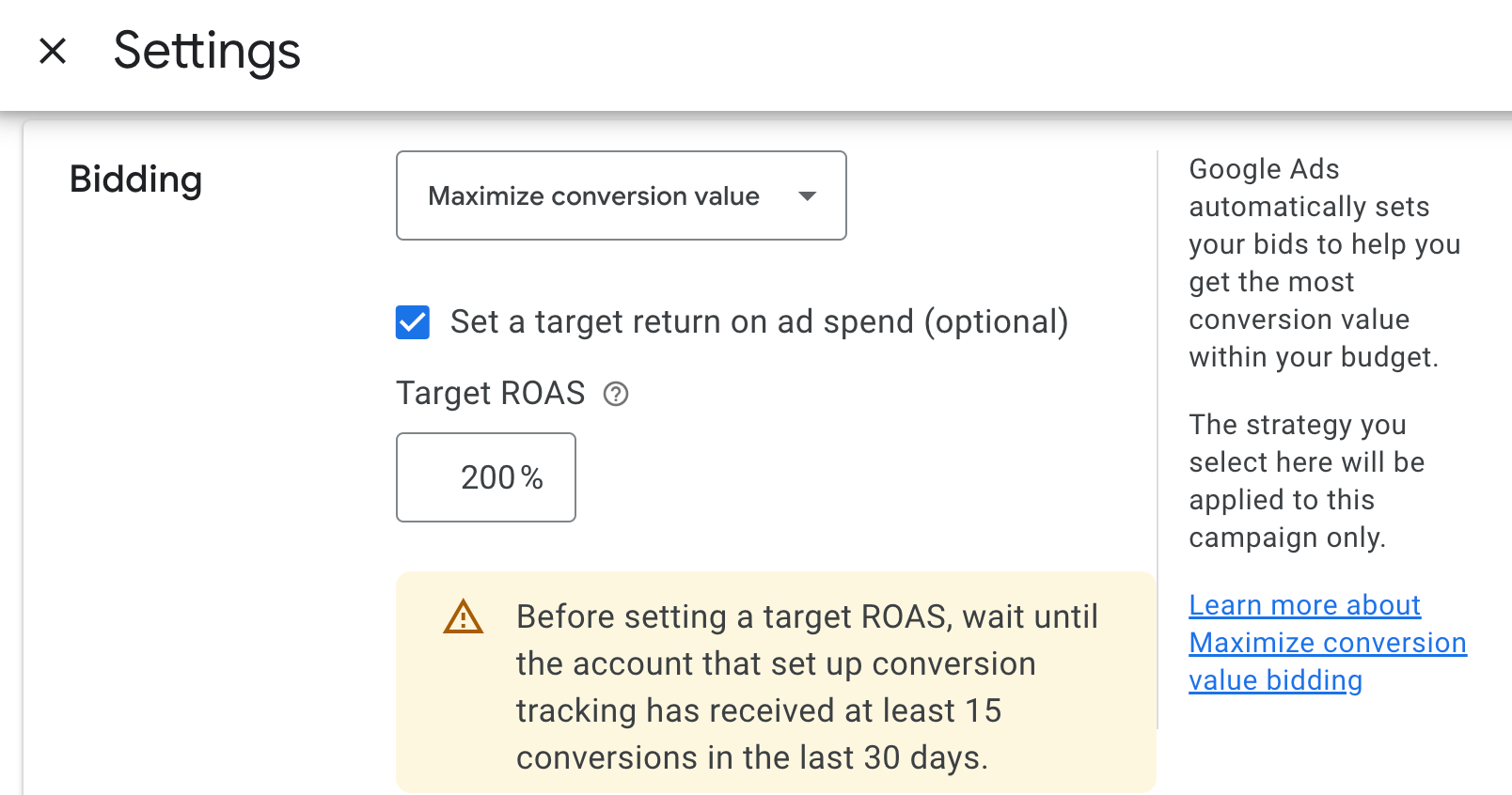 Screenshot by author, October 2024
Screenshot by author, October 2024
Avoid this mistake: Many advertisers rush to set aggressive profitability goals without enough data. The ad platforms will need time to optimize effectively.
For example, Google Ads recommends having at least 15 conversions within 30 days before setting a specific ROAS target.
How To Use CPA To Set Your Budget
Setting your budget based on your target CPA allows you to focus on controlling acquisition costs while still driving growth.
To calculate your budget using CPA, start by determining your target CPA and how many sales or leads you want to generate.
For example, if your CPA goal is $50 and you want 100 sales, you simply multiply the two to arrive at $5,000.
This means, you’ll need to spend $5,000 to acquire 100 customers at your target CPA of $50.
Starting with a reasonable CPA goal helps you control costs while gathering data. As you run your campaigns, you can refine your target CPA based on actual performance and adjust your budget accordingly.
Lowering your CPA slowly over time will allow you to generate more sales with the same budget.
Avoid this mistake: Don’t set a CPA that’s too low right out of the gate. Platforms need time to optimize, and starting with an aggressive CPA goal may limit the reach and data they need to make adjustments.
A good starting point is to align your CPA with your break-even point, then work toward lowering it as you optimize your campaign.
Budget Allocation And Reallocation
Allocate Budget To Best-Performers
For budget allocation, prioritize the best-performing campaigns across platforms.
This means, more budget for campaigns that are driving the highest return, whether they focus on branding, product promotion, or competitive positioning.
Regularly analyze performance and optimize spend based on which campaign type or platform is delivering the best results.
For example, you might allocate more budget to product-focused campaigns if they’re driving conversions, while reducing spend on branding campaigns if you have high brand recognition.
Competitive campaigns may get additional budget during critical sales periods to stay ahead of rivals. The key is flexibility to move your budget to where it will have the most impact.
Tracking And Adjusting Your Spend
When managing your budget across multiple months, it’s important to track what was actually spent versus what was planned. This ensures you can adjust and optimize future spend.
An effective way to do this is by maintaining a monthly spreadsheet or account report in the ads platforms. This will help you reconcile your planned budget with your actual spend.
If you underspend in one month (which can happen due to platform fluctuations or pauses in campaigns), you can reallocate that unspent budget to the next month.
Even small monthly shortages can add up over time. For example, if you budget $10,000 for a month but only spend $9,800, that extra $200 can be added to the next month’s or next quarter’s budget.
Reallocate any unused budget to future months, focusing on high-performing campaigns, channels, or key sales periods. This ensures every dollar is used effectively.
This table provides a simple example of how you can track and adjust your PPC budget vs. actual spend on a monthly basis.
Use this as a starting point to inspire creativity in developing your own system for monitoring and optimizing budget allocation.
![]() Table created by author, October 2024
Table created by author, October 2024
Daily Budget Setting
In most platforms, budgets are set at the campaign level, meaning each campaign will only spend up to its designated cap per day. The total across all campaigns should align with your overall account budget.
Begin by determining your daily budget. For example, if your monthly budget is $2,000, your daily budget would be $66 per day across the entire account.
This daily budget will also affect how many campaigns you can run simultaneously, as the $66 will be distributed across all campaigns. This can be a challenge for SMBs with a small PPC budget.
Keep in mind that both Google Ads and Microsoft Ads may occasionally exceed the daily budget to maximize results, but your total monthly spend should not exceed the daily budget multiplied by the number of days in the month.
AI Features For Budget Management
AI and automation can help make budget management easier. Here are a few key features that can simplify the process:
- Smart Bidding: Automatically adjusts bids to maximize conversions or achieve a target return on ad spend.
- Budget Recommendations: Many ad platforms provide budget suggestions based on historical campaign performance and goals.
- Performance Max Campaign: Uses AI to optimize budget allocation across all of Google’s ad inventory (search, display, YouTube, etc.) to maximize conversions.
- Target CPA: Automatically adjusts bids to help get as many conversions as possible at your set budget and desired CPA.
- Target ROAS: Optimizes bids to get the most conversion value for your budget.
Looking To The Future Of PPC Budget Management
SMBs can expect to see some key developments in PPC budget management as the digital advertising landscape evolves. A few notable trends to keep an eye on:
Increased Automation And AI-Optimization
More advanced AI-powered tools will be released, enabling real-time adjustments to bids, budgets, and campaign strategies based on performance data. This will allow for greater agility and efficiency in budget management.
Focus On Lifetime Value (LTV)
Think about allocating budgets based on long-term profitability and customer retention, not just immediate acquisition costs. This will require sophisticated attribution modeling and AI tools.
Alignment With Broader Goals
PPC budget management is becoming more closely tied to overall marketing strategy and business objectives, driving greater cross-functional collaboration on budgets and spend.
By staying ahead of these emerging trends, SMBs can future-proof their PPC budget management. The flexibility and insights provided by these trends will be key to staying competitive.
Three Examples Of Budget Allocation For Paid Media Campaigns
These examples demonstrate how to allocate a paid media budget across various platforms, for example, industries, target audiences, and goals.
While these allocations provide a starting point, it’s important to remember that budget splits should be customized based on individual research, campaign needs, and past performance data.
The ratios suggested here are examples designed to illustrate how thoughtful planning can improve results.
Often, businesses split their budget evenly across platforms or prioritize a single platform like Google, then allocate a smaller amount to others.
Research and strategic planning based on platform reach, audience demographics, and campaign types available will ultimately drive the budget allocations.
Each scenario provides guidance that SMBs can easily apply to their own campaigns.
To maximize effectiveness, run a four- to six-week test, monitor performance, and adjust your budget allocation based on which platforms deliver the best.
1. B2B Product With $10,000 Per Month
For B2B companies, it’s important to prioritize platforms that effectively target professionals and decision-makers.
Here’s a recommended budget allocation for a $10,000 per month budget with platform rationale.
LinkedIn Ads: 40% ($4,000)
LinkedIn is the leading platform for B2B targeting, allowing precise targeting by job title, industry, and company.
Despite its higher cost per click, LinkedIn generates high-quality leads and builds thought leadership, making it essential for B2B campaigns.
Google Ads: 35% ($3,500)
Google Ads remains critical for capturing high-intent search traffic from B2B buyers actively seeking solutions.
This allocation focuses on search ads to ensure visibility for potential clients looking for specific products or services.
Microsoft Ads: 25% ($2,500)
Microsoft Ads offers a cost-effective way to target professionals, particularly through Bing.
It’s especially valuable due to its integration with LinkedIn data and less competitive ad space, which helps maximize ROI at a lower cost than Google.
2. Consumer Product (Auto, Recreational) With A $20,000 Budget
When marketing consumer products like cars or similar, visual platforms play a key role in storytelling and engaging potential buyers.
Here’s a budget split for a $20,000 monthly budget:
Google Ads: 40% ($8,000)
Google Ads is essential for capturing high-intent search traffic, especially from car buyers researching models and dealerships.
Both search and display ads ensure visibility throughout the buyer’s journey, from discovery to conversion.
YouTube Ads: 30% ($6,000)
YouTube’s video ads are ideal for showcasing cars through immersive content like test drives, feature highlights, and lifestyle storytelling.
This platform builds brand affinity by engaging consumers through compelling visuals.
Pinterest Ads: 15% ($3,000)
Pinterest excels at visual storytelling, making it perfect for engaging users during their discovery phase.
It helps inspire potential car buyers and captures users exploring future purchases, making it an effective top-of-funnel platform.
Microsoft Ads: 15% ($3,000)
Microsoft Ads offers a cost-effective way to reach an affluent, mature audience on Bing.
It complements Google Search by capturing additional leads at lower CPCs, particularly for big-ticket items like cars.
3. Ecommerce (Home Goods Retail) With A $30,000 Budget
For ecommerce businesses selling home goods type products, a balanced approach across search, social, and visual platforms ensures both discovery and conversion.
Here’s a suggested budget split to get started for a $30,000 monthly budget:
Google Ads: 35% ($10,500)
Google Ads is critical for capturing high-intent traffic through search and shopping ads.
Given a higher retail average order value, search ads target ready-to-buy consumers, while Google Shopping Ads showcase products with pricing and visuals, driving qualified traffic.
Meta Ads (Facebook & Instagram): 35% ($10,500)
Meta Ads are perfect for visually appealing home goods, using Facebook and Instagram’s dynamic ad formats to engage consumers.
Meta combines discovery, engagement, and direct conversions, reaching a broad but relevant audience of home decor enthusiasts.
Pinterest Ads: 15% ($4,500)
Pinterest is an ideal platform for home goods, where users often browse for home decor inspiration.
Pinterest Ads engage users at the discovery phase, driving top-of-funnel traffic with visually engaging content that inspires potential customers.
Microsoft Ads: 15% ($4,500)
Microsoft Ads complements Google with lower-cost clicks from Bing.
It helps target an affluent, purchase-ready audience and efficiently captures additional search-intent traffic, making it an excellent addition to your ecommerce marketing strategy.
Note: These suggested splits serve as examples to inspire a strategic approach to budget planning. These examples illustrate how to allocate your budget based on your target audience and campaign goals, ensuring that each dollar spent is driving results in the most thoughtful way.
Key Takeaways
- Allocate Budget To Top-Performing Campaigns: Regularly analyze performance across platforms to focus your budget on campaigns that deliver the best results.
- Reallocate Based On Actual Spend: Track your planned versus actual ad spending each month or quarter. Reallocate any unspent budget to the next month or high-performing campaigns to ensure efficient use of your resources.
- ROAS And CPA: Use ROAS to measure how effectively your ads are generating revenue. Use CPA to control customer acquisition costs and optimize budget for growth.
- Testing And Optimization: Begin with a four- t0 six-week test period to gather performance data and adjust your budget allocation based on which platforms and campaigns yield the best results.
- Use AI Tools: Leverage AI features such as Smart Bidding and automated strategies to help manage budgets without constant manual adjustments.
More resources:
- How Proper PPC Management Can Save You Money
- PPC Experts Weigh In On CPC Inflation
- PPC Trends 2025
Featured Image: Vitalii Vodolazskyi/Shutterstock
 1 week ago
2
1 week ago
2



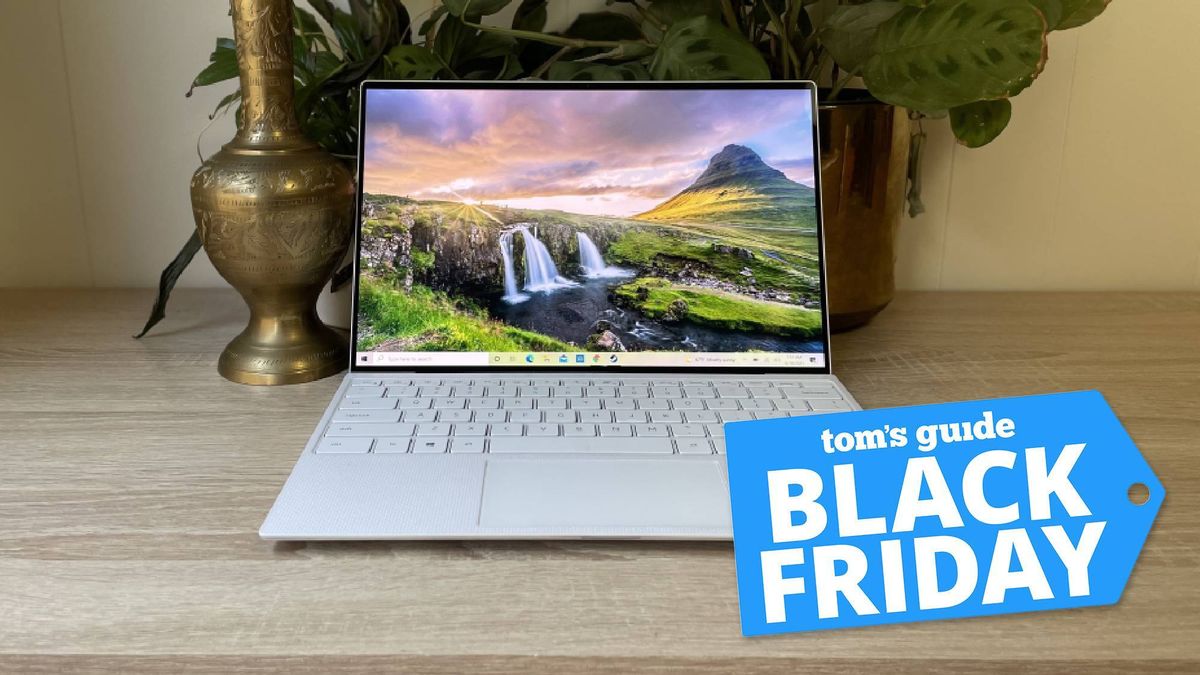


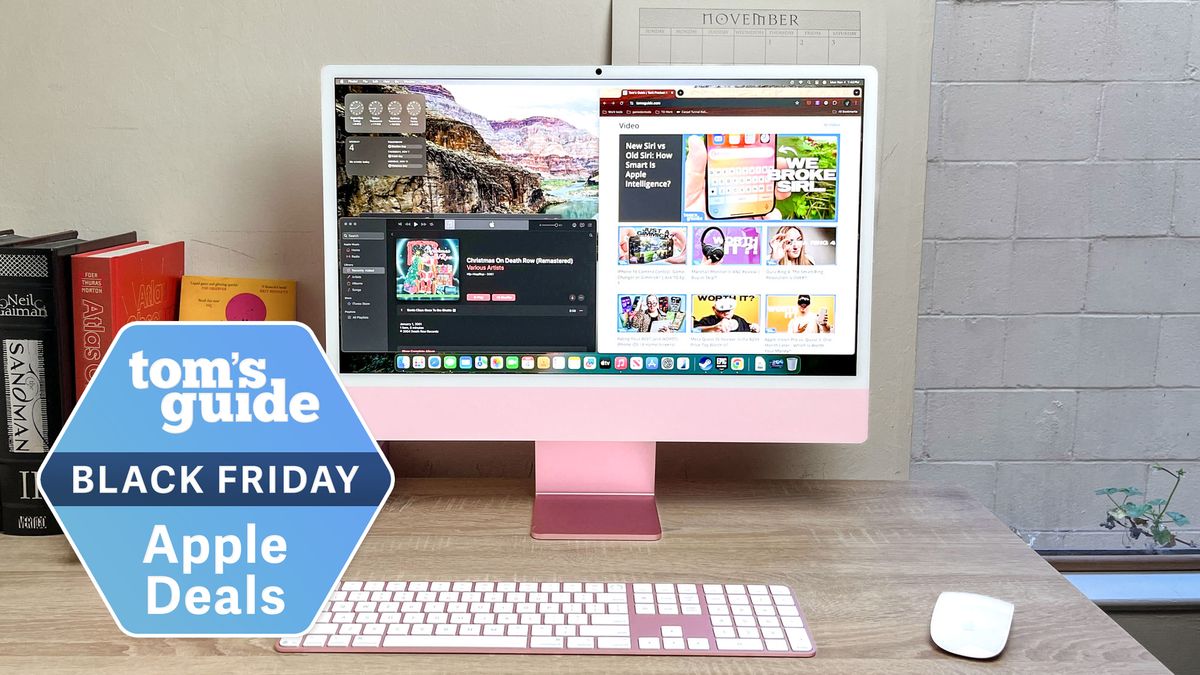
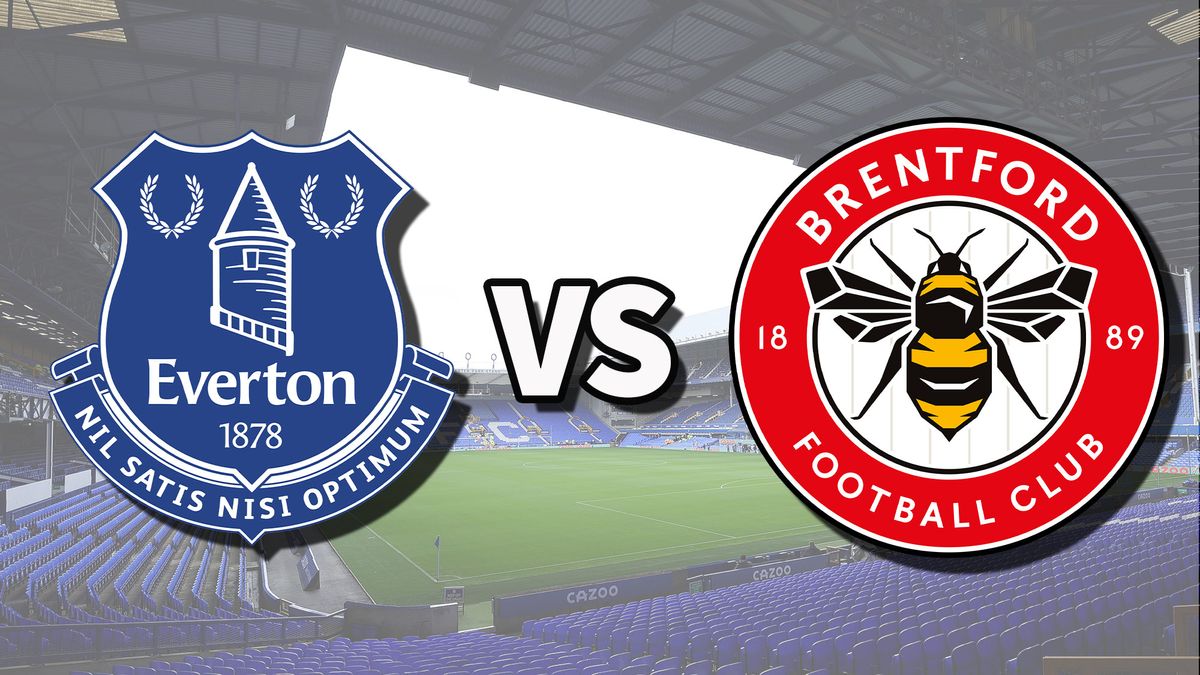



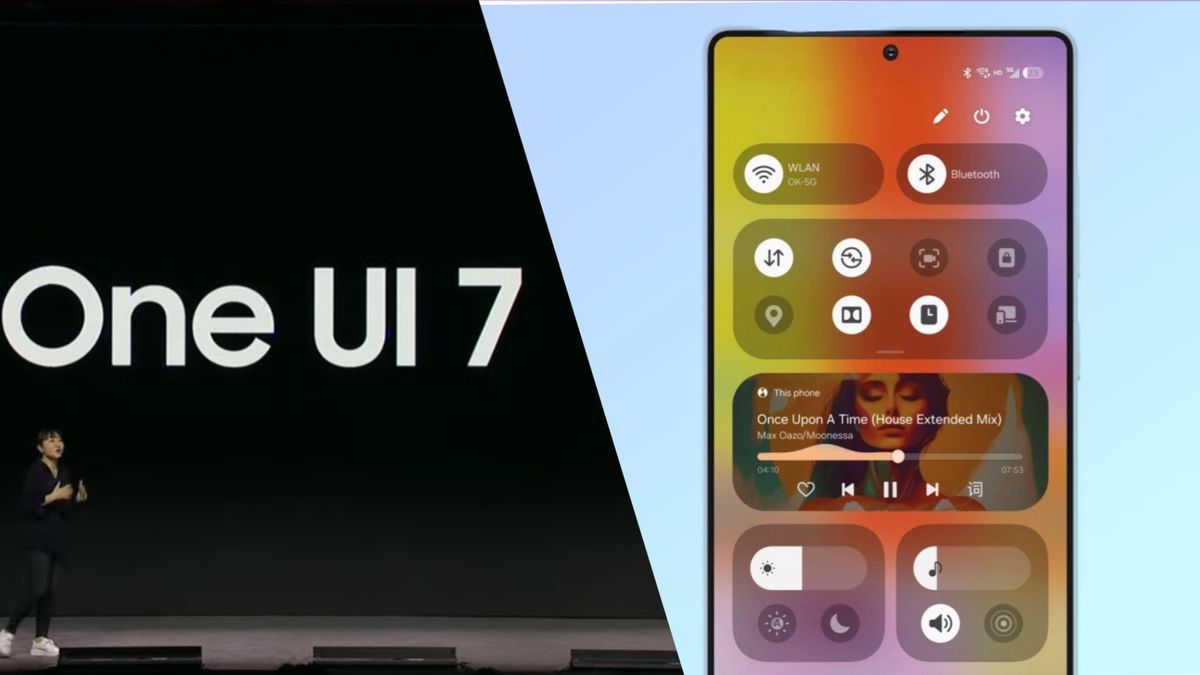








 English (US) ·
English (US) ·